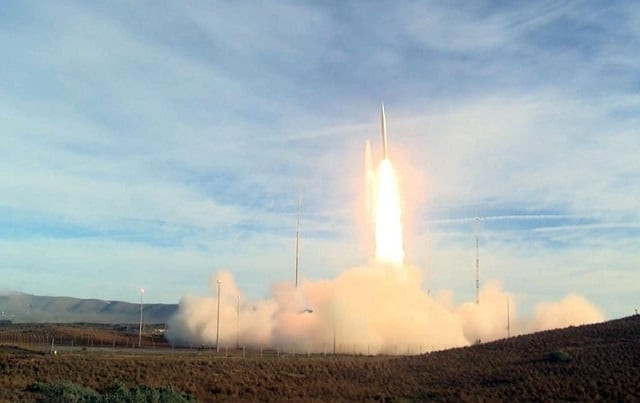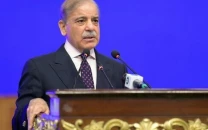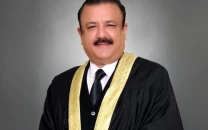Russia lifts veil on space-based missile attack warning system
The new system is designed to detect launches of ballistic missiles and track them to their landing site

The launch of a medium-range ballistic missile, the second test in four months of an offensive missile that would have been banned by a US-Russia arms treaty that Washington exited in August. PHOTO: AFP/FILE
The new system, named Kupol or dome, is designed to detect launches of ballistic missiles and track them to their landing site, according to documents presented by the general staff to military attaches and visible in photographs on the defence ministry website.
As part of the programme, three warning satellites called Tundra have already been put into orbit, starting from 2015.
Kupol's exact configuration is not known but it has positioned itself as equivalent to the US surveillance system SBIRS.
General Valery Gerasimov, the chief of the general staff of the Russian armed forces, said the latest satellites had "significantly increased Russia's capacity to ensure detection of launches and intercontinental ballistic missiles.
Russia plans to build lunar base after 2025
He spoke at a defence ministry briefing a day after US Congress approved a $738 billion spending bill to create the new space force, which is under the control of the air force.
Russia has had space forces since 2015 which are also integrated with its air force and largely tasked with anti-missile defence.
At the same time, it has long accused the United States of wanting to militarise space, which remains one of the last spheres of cooperation between the rival powers.
In 2018, the US, which in turn suspects Russia of seeking to develop space weapons, said it was alarmed at the "very abnormal behaviour" of a Russian satellite. Moscow dismissed what it called "unfounded allegations".
Russia boasts for its part of developing "invincible" weapons that surpass existing systems, including the hypersonic Avangard missiles, Sarmat intercontinental missiles and Burevestnik cruise missiles, which it claims have an "unlimited range".



















COMMENTS
Comments are moderated and generally will be posted if they are on-topic and not abusive.
For more information, please see our Comments FAQ